Neuromorphic Systems for Mobile Computing
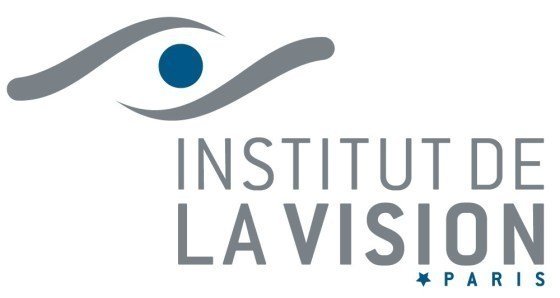

Gregor Lenz
My background


-
Master's degree in Biomedical Engineering in Vienna, Austria
-
2.5 years working in a tech start-up, IT consultancy, Imperial College London, Prophesee
-
About to finish PhD in neuromorphic engineering in Paris, France
Neuromorphic System



1. Sensor
2. Algorithm
3. Hardware
Goal: low power system for mobile devices
Advantage: temporal and spatial sparsity
1. Connecting a Neuromorphic Camera to a Mobile Device
Event-based Visual Recognition on Mobile Phone
- Motivation: assist elderly and visually impaired people with hand gestures and voice commands
- Prototype that connects a small
event camera - Event-based always on
processing

- integrates different modalities
(gestures / speech) - displays event camera output
in real time - detects 6 different gestures: 4
directions, home, select
Event-based Visual Recognition on Mobile Phone

Maro, Lenz, Reeves and Benosman, Event-based Visual Gesture Recognition with Background Suppression running on a smart-phone, 14th ICAG 2019. Best demo award.
Event-based Visual Recognition on Mobile Phone
Maro, Lenz, Reeves and Benosman, Event-based Visual Gesture Recognition with Background Suppression running on a smart-phone, 14th ICAG 2019. Best demo award.
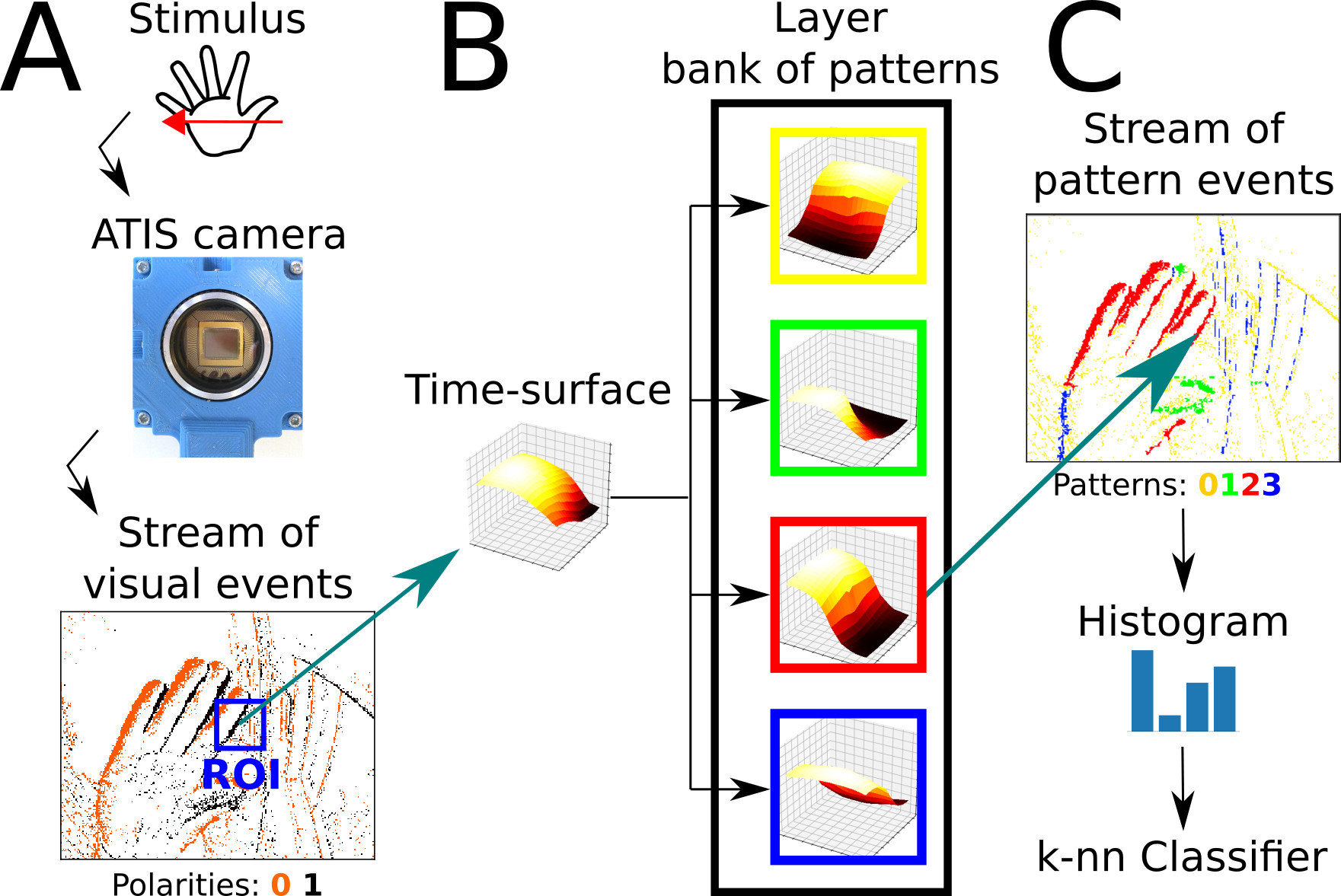
Event-based Visual Recognition on Mobile Phone
Maro, Lenz, Reeves and Benosman, Event-based Visual Gesture Recognition with Background Suppression running on a smart-phone, 14th ICAG 2019. Best demo award.

Extended Mobile Phone Android framework

- Extended framework for other visual tasks: event-based flow, image reconstruction
- variable frame rates save power when
no new input - grey-level images allow downstream
classical computer vision pipelines
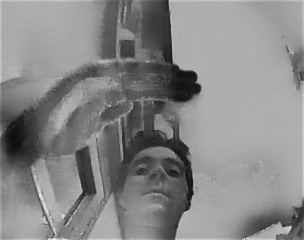
2. Efficient neuromorphic algorithm for camera data
Event-based Face Detection Using the Dynamics of Eye Blinks


Lenz, Ieng and Benosman, Event-based Face Detection and Tracking Using the Dynamics of Eye Blinks, Frontiers of Neuroscience 2020.
- tracking with μs precision and in difficult light situations
- lower power than gold standard methods
- robust to multiple faces and partial occlusions
Event-based Face Detection Using the Dynamics of Eye Blinks

Lenz, Ieng and Benosman, Event-based Face Detection and Tracking Using the Dynamics of Eye Blinks, Frontiers of Neuroscience 2020.
Event-based Face Detection Using the Dynamics of Eye Blinks
Lenz, Ieng and Benosman, Event-based Face Detection and Tracking Using the Dynamics of Eye Blinks, Frontiers of Neuroscience 2020.
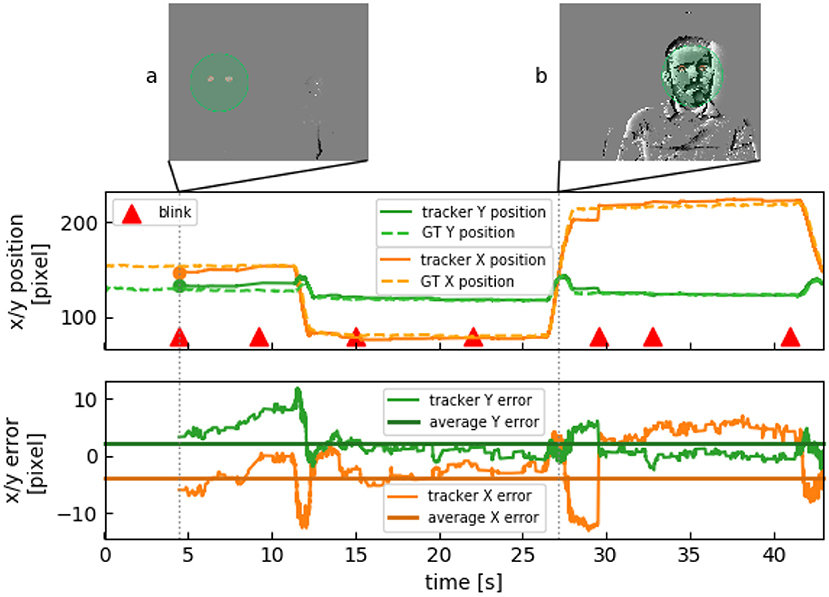
Event-based Face Detection Using the Dynamics of Eye Blinks

3. Neural computation on neuromorphic hardware
Neural Encoding Schemes
- Many spiking neural
networks use rate coding
- Temporal encoding exists:
Time To First Spike (TTFS)
fairly inaccurate
- We use alternative
encoding scheme based
on inter spike intervals (ISI)
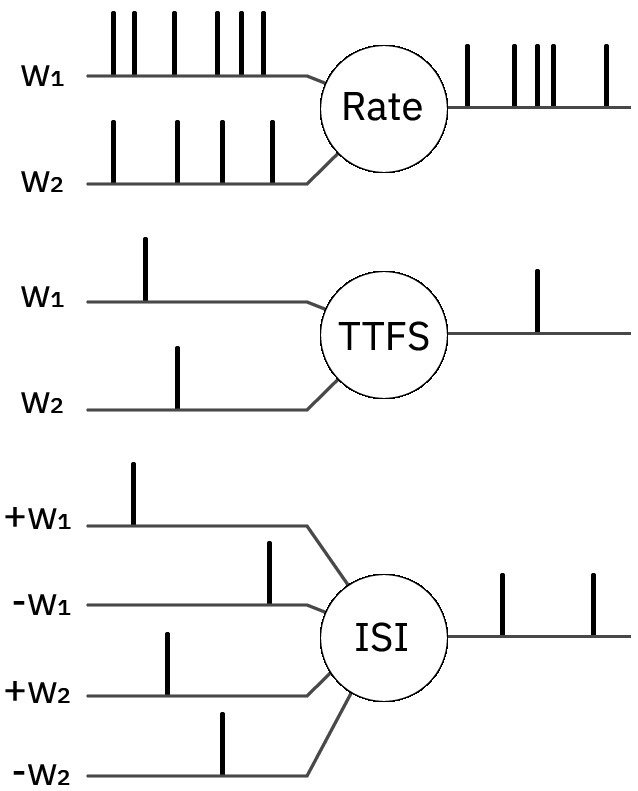
Spike Time Computation Kernel (STICK)
- Values are encoded in Inter Spike Intervals
- 4 different synapses provide 3 different current accumulation methods
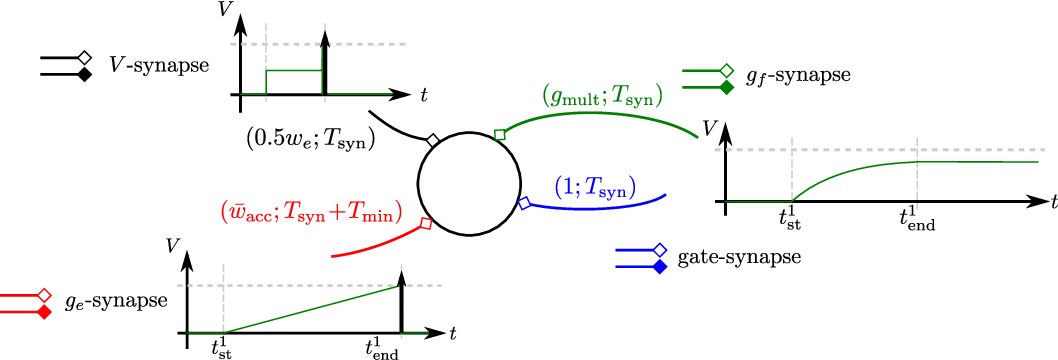
Lagorce & Benosman, 2015
Spike Time Computation Kernel (STICK)
- Mathematical operations are cast into handcrafted spiking neural networks
- Networks for value storage, linear, nonlinear and differential computation
Lagorce & Benosman, 2015
Logarithm network
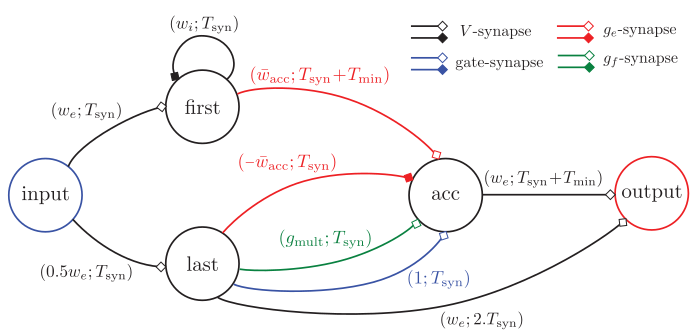
Neural Computation on Loihi
- Composable networks for general purpose computing using artificial neurons
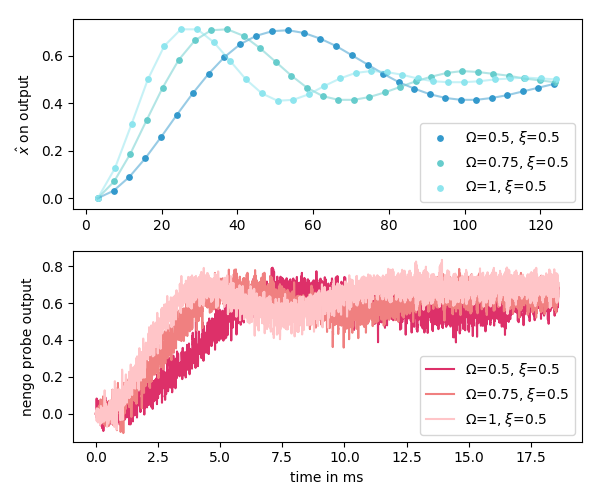

Neural Computation on Loihi
- More efficient when calculating dynamic systems in comparison to population-coded framework on same hardware
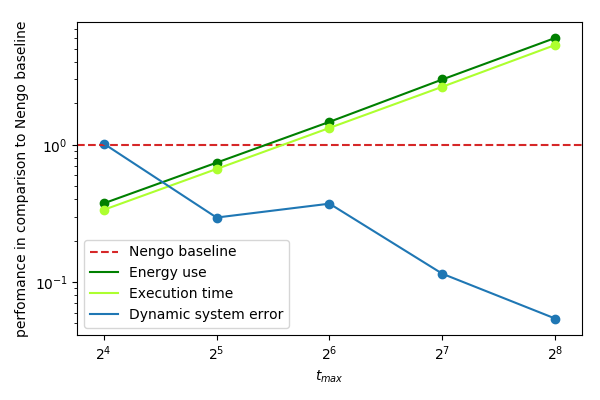
Neural Computation on Loihi
- Conversion of networks trained on GPUs for efficient inference on Loihi
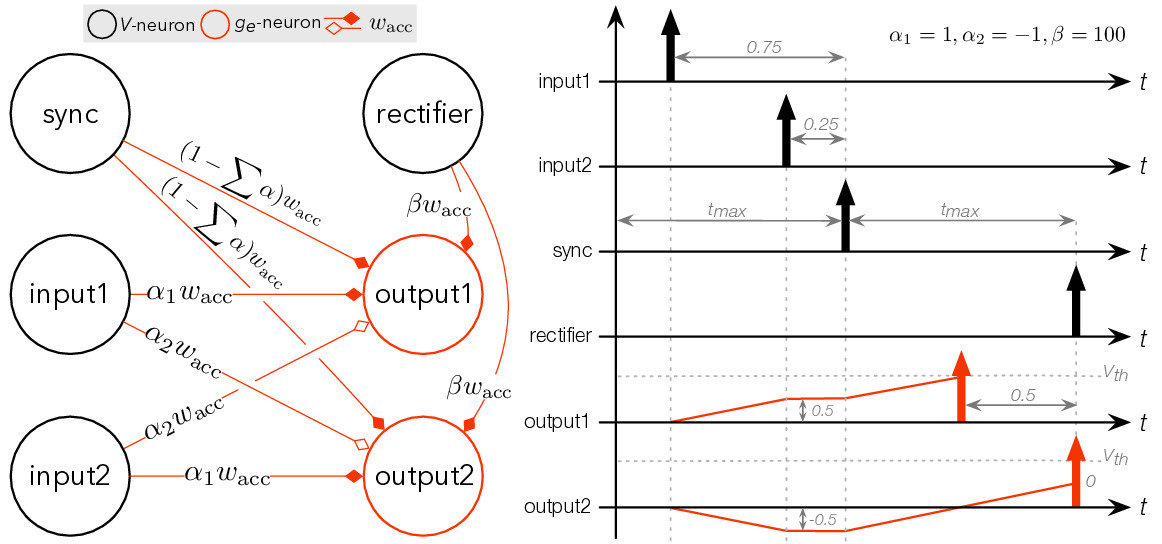
Neural Computation on Loihi
- Our method uses one spike per neuron at similar classification accuracy, which is significantly less than any rate-coded method

Conclusions
- Event cameras are suitable for sporadic, sparse signals, but need tight integration
- Mobile devices can already benefit from low-power event-by-event approaches or even variable frame rates, but could do so even more using spiking neural networks
- Temporal coding on neuromorphic hardware looks promising, opens up possibility for spiking computer
- ANN/SNN conversion using temporal coding has low EDP for low batch size
Why am I the right candidate?
- about to complete PhD in neuromorphic enginering
- familiar with taking orthogonal approaches due to the nature of events
- worked on Loihi for the past 1.5 years
- authored several software packages
- like writing software that is easy to use
Topics to explore
- Temporal augmentation: can we make algorithms more robust by changing timings, maybe even learn representations in an unsupervised manner
- Online learning: continual model updates
- biologically plausible learning rules

picture adapted from Lillicrap et al. 2020
Conclusion
- Event cameras are suitable for sporadic, sparse signals, but need tight integration
- Mobile devices can benefit from low-power event-by-event approaches or even variable frame rates
- ideally makes use of spiking hardware

20 Watt for 6 years:
1 MWh
Can We Learn From the Brain?

1 GWh
Mobile Computing

- limited power capacity
- growing demands of functionality
- need for efficient computing
How does it scale?
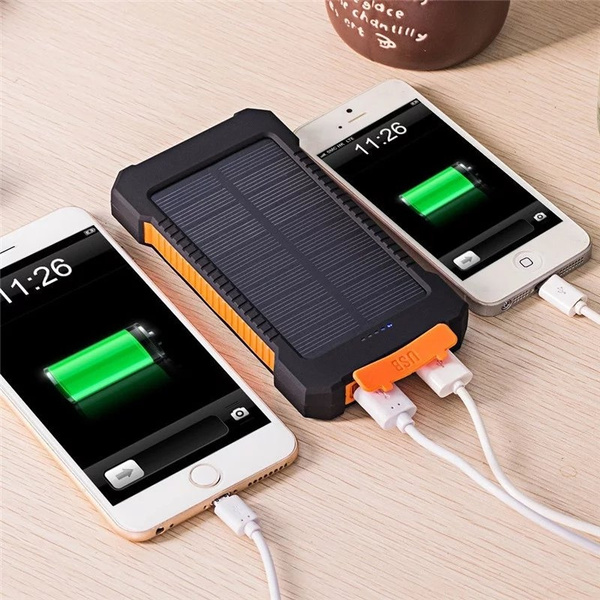
- limited power capacity:
~5% battery improvement / year - need for efficient computing: more transistors / area
- growing demands of functionality: cloud computing
==> scales badly!
Can we learn from the brain?
- computes extremely efficiently (20 W)
- completely different mechanisms of computation
- copy it by recreating the basic components
Neuromorphic Engineering
- Artificial neurons
- Computing with spikes
- Asynchronous communication
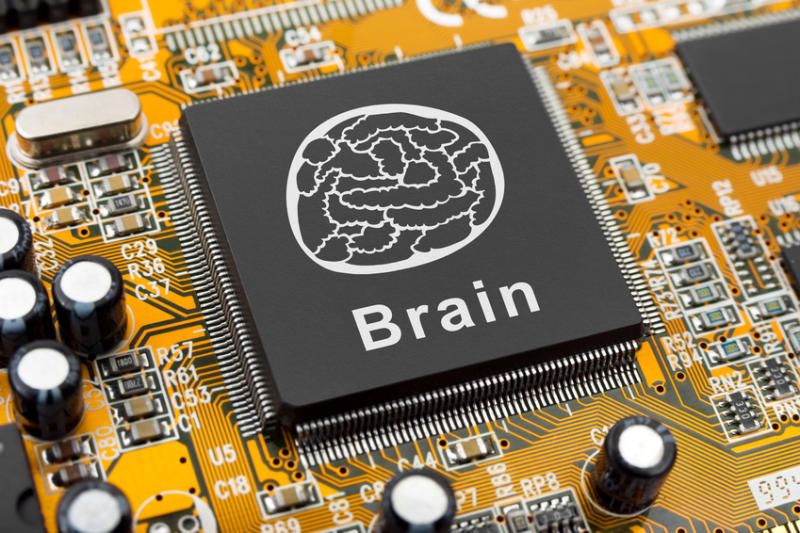
Summary of contributions
- 1 journal article published
-
1 paper under submission
-
1 paper in preparation
-
110 page thesis manuscript draft
Other contributions:
Maro, Lenz, Reeves and Benosman, Event-based Visual Gesture Recognition with Background Suppression running on a smart-phone, 14th ICAG 2019.
Haessig, Lesta, Lenz, Benosman and Dudek, A Mixed-Signal Spatio-Temporal Signal Classifier for On-Sensor Spike Sorting, ISCAS 2020.
Oubari, Exarchakis, Lenz, Benosman and Ieng, Computationally efficient learning on very large event-based datasets, to be submitted 2020